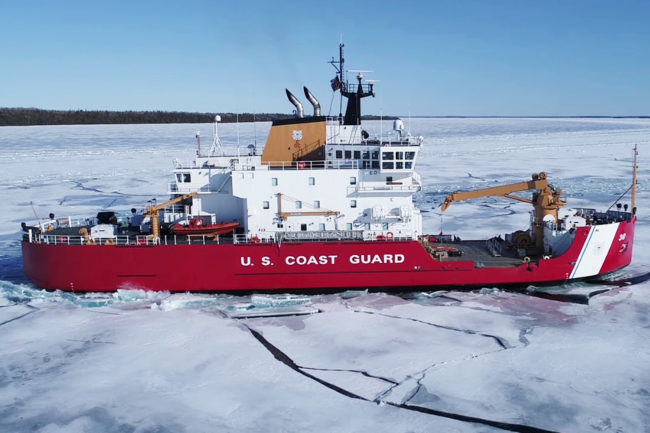Rainbow1910
Sr. Member
- Reaction score
- 1,769
- Points
- 810
It is something to consider that the US is far behind nations like Canada regarding the icebreaker fleets at their disposal, so it checks out for them to take measures to fix this long overdue gaping hole in their fleet.It would appear that the USA is taking the threat of foreign ships in their waters extremely serious, that they are taking measures to field them as quickly as possible. They recently converted the Aiviq for Coast guard duties after we turned it down. Using an old car analogy; they’re shifting from first to overdrive while we just shifted into 3rd.
Outside of their dedicated littoral and Great Lakes fleets, the USCG only has 3 operational icebreakers of any note and that includes the recently purchased USCGC Storis.
Compare this to Canada who has:
- 2 Heavy Icebreakers
- 7 Medium Icebreakers
- 7 Light Icebreakers
- 6 Arctic and Offshore Patrol ships
Our fleet is in significantly better shape than our US counterparts, and all of our domestic shipyards are either in the process of building more vessels or will be transitioning into building icebreakers in the future. The US was obviously willing to offshore a significant amount of vessels abroad to get them faster, something that isn't politically tenable to the Canadian public, politicians or to the established National Shipbuilding Strategy.
Always makes me immediately question peoples credibility when they start calling for these large, fat and slow icebreakers to be armed like combatants. Fighting in the Arctic is a good way for all hands to be fished out of the water stiff at a later date.From his post:
"My primary critique here is that they are poorly armed. They need to be at least wired for SeaRAM and at least four ASCM. That 25mm should be 57mm or 76mm."
Buddy has watched The Bedford Incident a few too many times, methinks.



